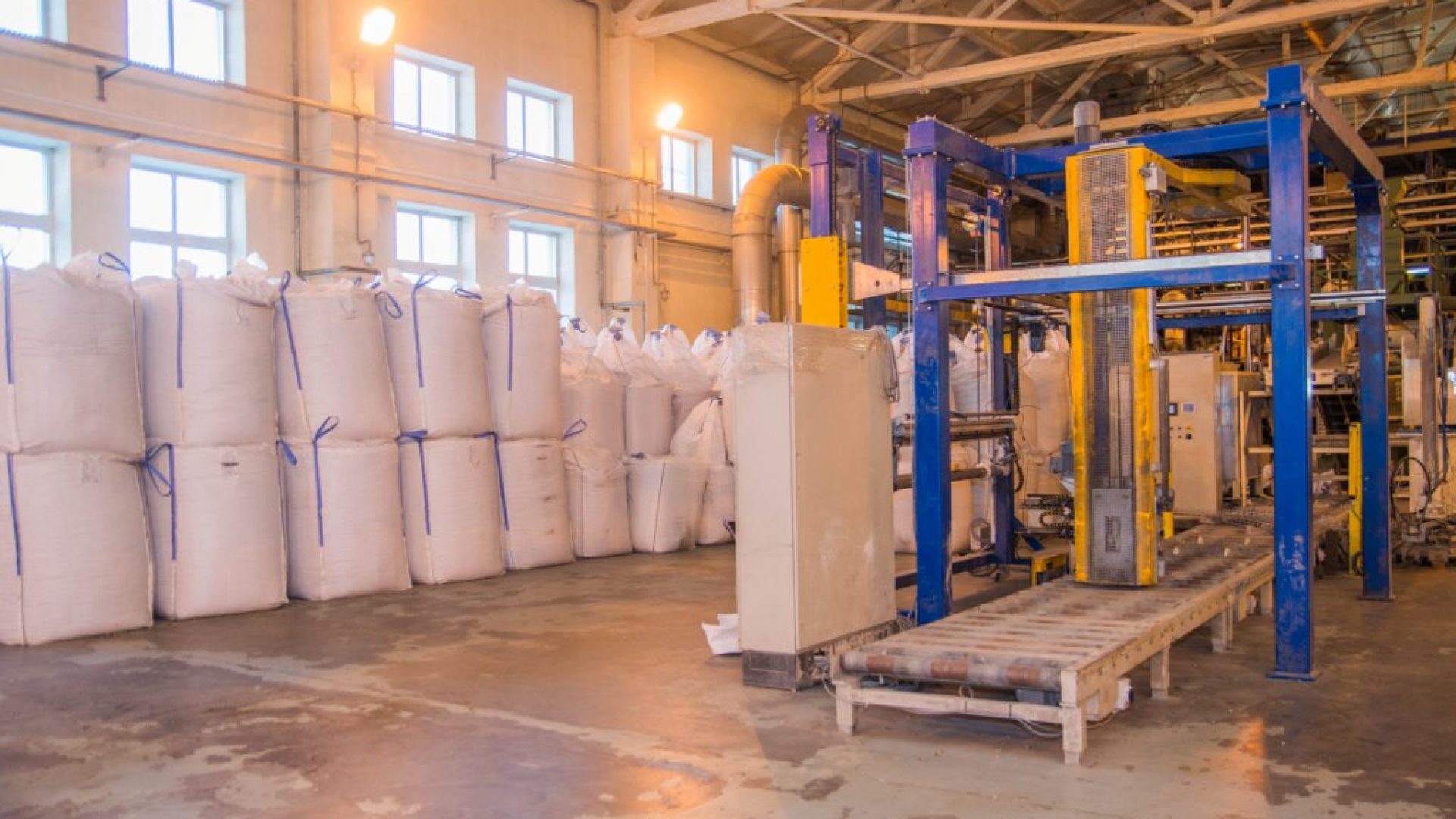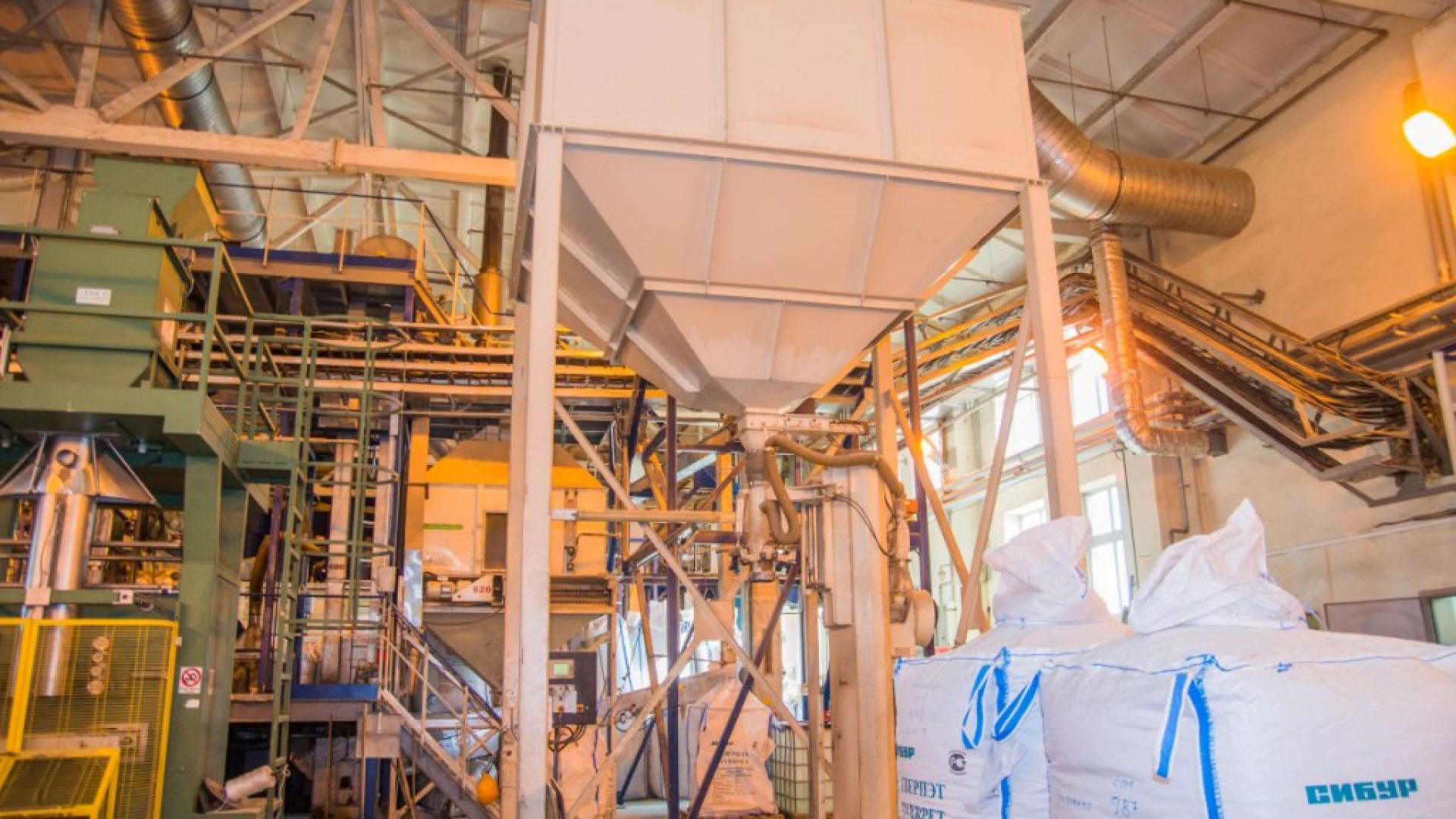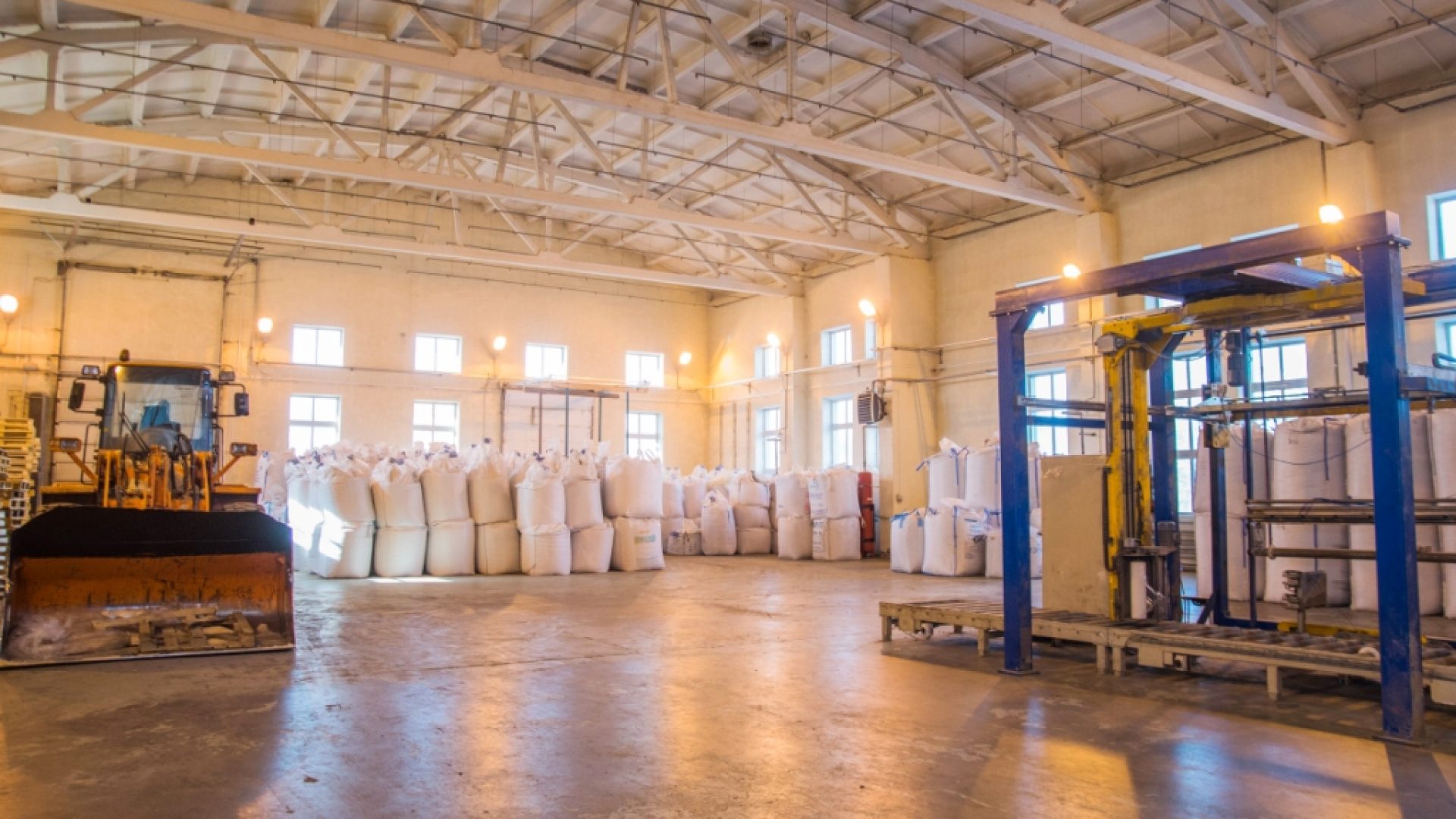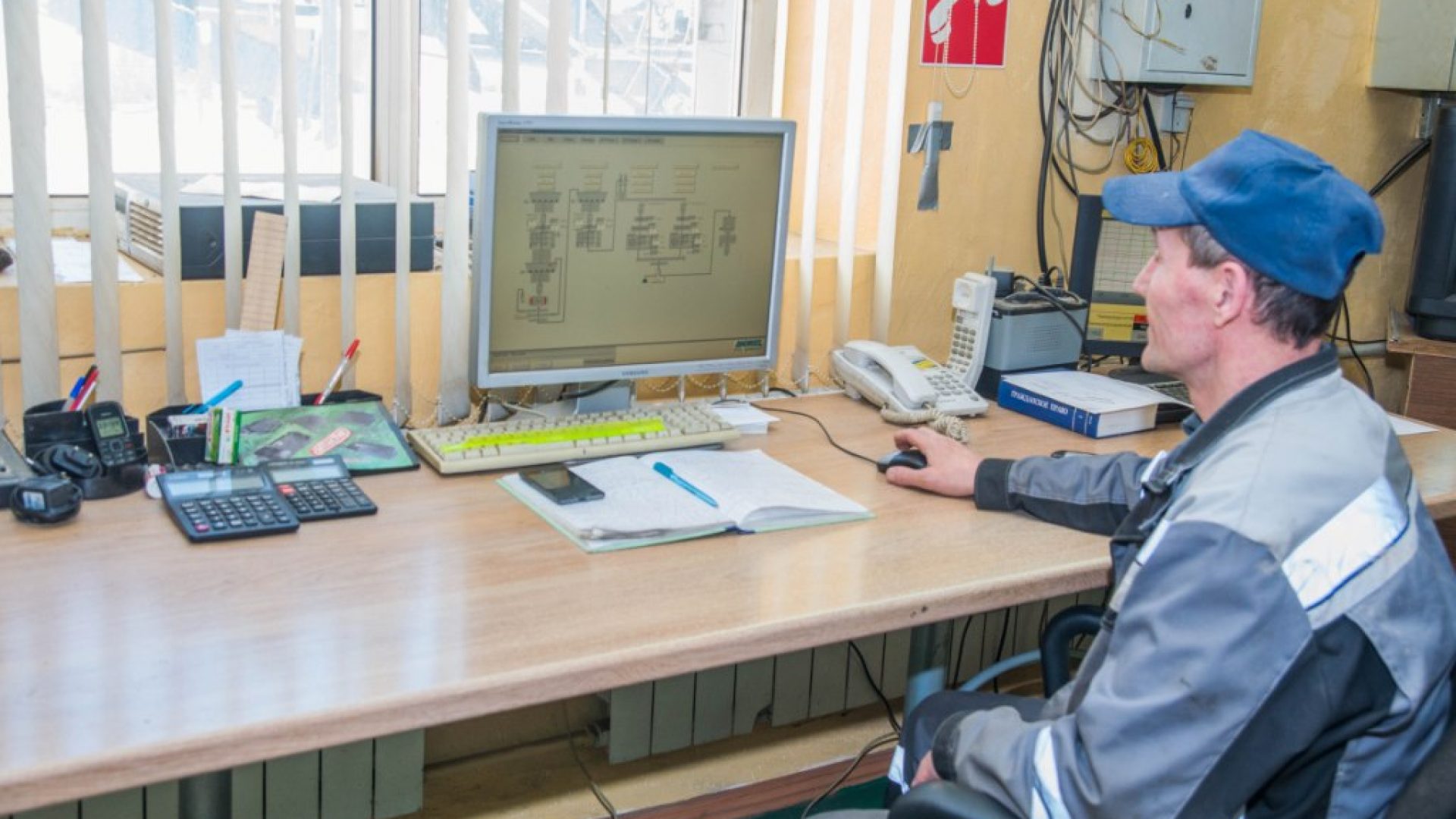Pellets are so called biofuel obtained from wood waste and agricultural waste. It is produced in the form of pressed pellets of a standard size.
History of pellets
The very first pellets were produced by Rudi Gunnermann, a Bavarian living in the USA. He used the well-known pelletising technology to save on waste transport. This technology was then also used for heating in the USA.
In Europe, Sweden was the pioneer: pellets from leftover wood were manufactured in 1985 and used for heating. Subsequently, pellet production developed rapidly in Canada, Denmark, Austria, the Netherlands, Finland, Norway, England, France, etc.
Raw materials for production
Wood waste can serve as a raw material for the production of pellets: bark, sawdust, wood chips and other logging waste, as well as agricultural waste: straw, cereal production waste, sunflower husks, etc.
Production technology
The process of producing wood pellets is based on the following scheme:
Coarse crushing;
Drying;
Final crushing;
Moisture equalisation (conditioning);
Pressing;
Cooling, drying;
Packaging;
Primary crushing
Primary crushing
The coarse crusher crushes the raw material for further drying. The raw material should be crushed to a particle size of no more than 25x25x2 mm. The coarse crushing permits fast and efficient drying of the raw materials and prepares them for further crushing in the fine-crushing machine.
Drying
Wood waste with a moisture content of about 15% is very poorly compressed. Therefore, the raw material before pressing must have a moisture content in the range of 8 to 12%. Dryers are drum and belt type. The choice of the type of dryer depends on the type of raw material (wood chips, sawdust).
Fine crushing
Wood waste with a moisture content of around 15% cannot be compressed very well. The raw material must therefore have a moisture content of ca. 8-12% before baling. We use a trommel dryer in our mill.
Moisture compensation (conditioning)
The raw material with a moisture content of less than 8% will not be well-compacted during the pressing process. The best option is to use screw mixers which have water inlets. The addition of water is only required to equalise the moisture content before the shredded material enters the pelletiser.
Pressing
The material is compressed in a cylindrical die press manufactured in Europe. The material is dosed by knives that feed it under the press rollers. Material is glued under the effect of temperature and pressure and then pressed through the nozzles of the matrix to form pellets.
Cooling
Cooling ensures the quality of the final product. Cooling is needed to dry the pellets, which are heated up to 70°-90° C after pressing. The pellets can then be sieved and packed.
Packaging
The cooled pellets are packaged in different containers. The pellets can be stored in bulk in hoppers, as well as in bags of 15 kg to 3t. The most common packaging is a polyethylene bag of 10-25 kg, polypropylene bags 500-1200 kg.
Advantages of pellets
Pellets have a higher calorific value in comparison with wood chips or firewood. Pellets are environmentally friendly fuel with ash content not more than 1.5%. When burning pellets in the atmosphere emits exactly as much CO2, as was absorbed by the plant during growth. Pellets are easy to store and transport.
Use of pellets
You can buy pellets in bulk from us.
Eco-friendliness
Wood pellets are much more environmentally friendly than traditional fuels, and are a renewable energy source




